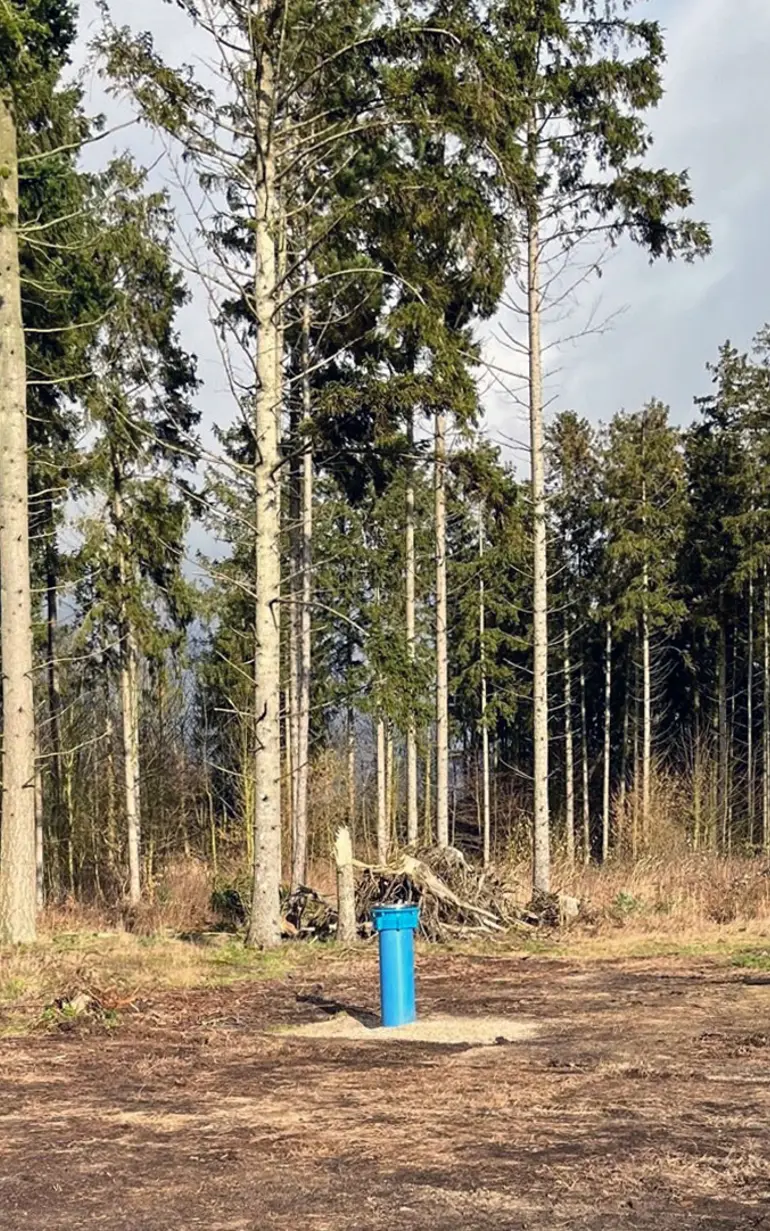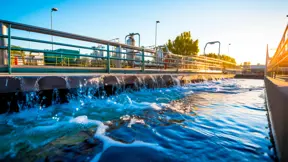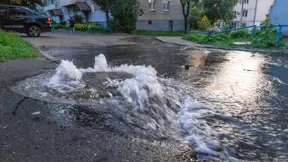
Securing safe drinking water for Copenhagen's outer-suburban residents
Hydrological modelling helps in the search for new well fields for a water-secure future
Novafos is a large utility company in Denmark that supplies drinking water to the outer-suburban residents of Copenhagen. Due to increased water demands, there is a need to search for suitable locations for new well fields. One such location is on the peninsula of Hornsherred on the island of Zealand in eastern Denmark. Ramboll was tasked to provide insights into the groundwater resources in the area. Using an integrated groundwater model created with DHI’s technology, Ramboll has successfully helped Novafos to find one new well field, and more are on the way.
Challenge
Utilities need to search for new well fields to ensure a sustainable and reliable supply of drinking water for residents. This need arises due to various factors such as population growth, increased demand for water, changes in land use, contamination of existing water sources and the impact of climate change on water availability. By proactively seeking out new well fields, utilities can mitigate risks associated with water scarcity. As a major water utility in Denmark, Novafos needed a solution that could identify suitable locations to establish new well fields to ensure the long-term viability of their water supply systems.
Solution
Ramboll used hydrological modelling to understand the groundwater dynamics in Hornsherred. They developed a comprehensive fully dynamic MIKE SHE/MIKE HYDRO River (now MIKE+ Rivers) groundwater model spanning 260 km2. By inputting data such as geology, precipitation, evaporation and soil characteristics into the integrated MIKE SHE groundwater model, Ramboll was able to calibrate the model to fit observed groundwater levels and stream discharge, and hence find optimal values for various hydraulic parameters, ex. hydraulic conductivities for the different geological units in the model.
The finished model is used to run different abstraction scenarios, helping Novafos to assess catchment areas, potential impacts on the groundwater resource, changes in the groundwater table, phreatic surface variations and their effects on protected natural areas and streams, in line with the requirements of the Water Framework Directive, a European Union (EU) legislation that sets out rules to achieve good status for Europe’s rivers, lakes and groundwater.
Additionally, the model was fed with climate data to predict the future effects of climate change using the RCP 4.5 emission scenario. The RCP 4.5 emission scenario has been described by the Intergovernmental Panel on Climate Change (IPCC) as a moderate scenario in which emissions peak around 2040 and then decline. An ensemble of model runs has been performed based on different regional climate models to assess the long-term sustainability of extracting water from the area, considering factors like recharge rates and the impact of pumping on nearby wells.
Results
The model results reveal that due to increased winter precipitation in the future, the groundwater head levels in the limestone aquifer will slightly increase, and hence will not be a problem for the groundwater resource in this area in terms of water quantity. The forecasted climate scenarios also show that the impact of establishing a new well field or increasing the current abstraction is larger than the impact of climate change. By using hydrological modelling with MIKE technology, Ramboll has provided Novafos with valuable insights into the dynamics of groundwater systems, helping them make informed decisions about where to establish new well fields, and facilitated the process of applying for abstraction permits at the municipality.
Client:
Ramboll
Location:
Denmark
Related SDGs:
SDG 6: Ensure availability and sustainable management of water and sanitation for all
Technology:
‘The integrated groundwater model developed using DHI's MIKE technology has offered us valuable insights into the dynamics of the groundwater system. This has empowered our client to make informed decisions about optical well field locations and eased the process of applying for abstraction permits from authorities.’
Annette K. Hansen
Chief Consultant, Ramboll
About our client
Ramboll is a global engineering, architecture and consultancy company with more than 18,000 experts that create sustainable solutions for governments and companies all over the world.
You may also like
How can we help?
With our global network of offices, we make sure you get the right answers to your local needs. Tell us about your water challenges and we will get back to you.


